Yang Family Teaching Lineage of Dimitri Mougdis

Yang Lu Chan: First Generation (1799 - 1872)
Original Yang (Yeung) Style: The style's founder, Yang Lu Chan (Yeung Lou Sim), transmits the original Yang family Tai Chi Chuan personally, through his disciples and through many qualified teachers. Yeung Lou Sim was born in the Hebei (Ho-Pei) Province of China.
At the age of 10 he left home to go to Chenjiagou, where he worked for the Chen family in and learned a style of Tai Chi called "Lao Jia" ("Old Frame"). He also learned "Tui Shou" (push hands) and combat with weapons from Master Chen Chanxing (Chen Chang-Hsing).
After 30 years of study with Master Chen Chanxing, Yeung Lou Sim returned to his birthplace to instruct others in Tai Chi. In addition, he gave demonstrations of his power and many stories and legends exist regarding his abilities and strength. Yeung Lou Sim had 3 sons. The first died very young but the other two, Yeung Ban Hou (1837-1892) and Yeung Kin Hou (Yang Chian) (1839-1917) were trained in Tai Chi Chuan by their father.
As Tai Chi increased in popularity, Yeung Lou Sim modified the form to make it more accessible to people. This form would be further modified by his 3rd son, Yeung Kin Hou (Yang-Chian) and by his grandson, Yeung Ching Po (1883-1936) into the present "Da Jia" (Big Frame) style of Tai Chi Chuan.
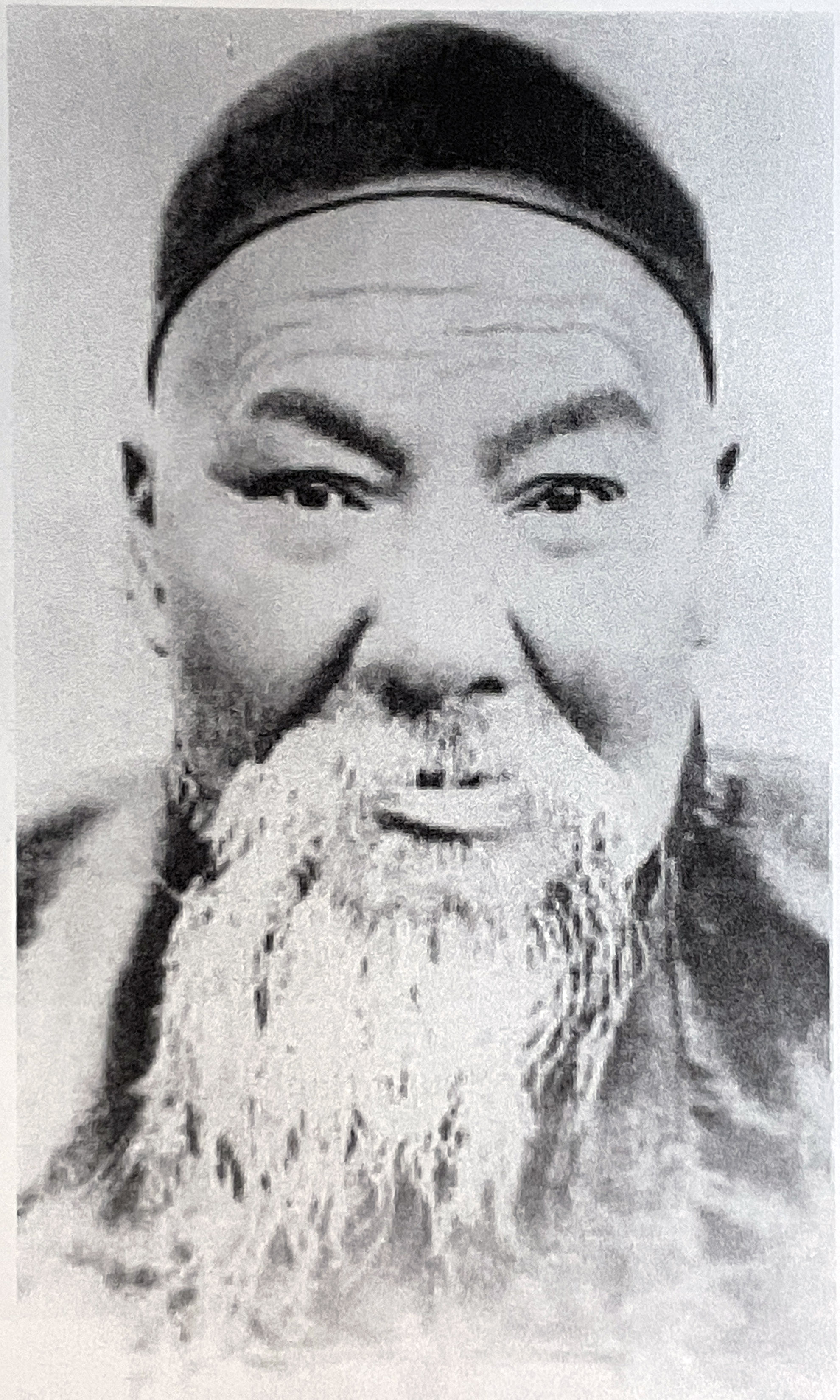
Yeung Kin Hou: 2nd Generation (1839-1917)
The third son of Yeung Lu Chan, Yeung Kin Hou, also known as Yang Chien Hou, modified the form developed by his father into a series of movements known as "Jhong Jia" (Medium Frame). This form was further modified by his third son, Yeung Ching Po, into the "Da Jia" (Big Frame) style of Tai Chi Chuan, which is generally known as Yang Tai Chi and is the most popular form of Tai Chi taught today.
Yeung Kin Hou had three sons: Chao-Hsiung (Yeung Siu Hou) (1862-1930), a second son who died young, and Chao-Chin (Yeung Ching Po)(1883-1936). Both surviving sons were trained in Tai Chi Chuan.
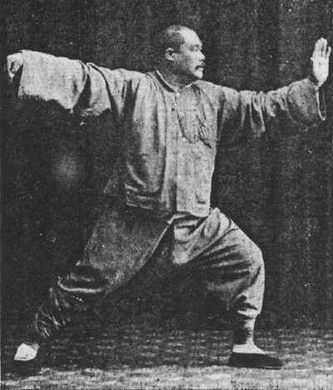
Yang Cheng Fu: 3rd Generation (1883-1936)
Yang Cheng Fu, also known as Yeung Ching Po, was born on July 7, 1883, and passed away on March 3, 1936. He studied the art continuously in Beijing under the instructions of his father. Not until after the passing of his father Yeung Kin Hou did Cheng Fu travel to southern China to teach. Yang Cheng Fu (1883-1936) modified and opened to the Chinese public the formerly held secret Yang Family Taijiquan (tai chi). His descendants, as well as his students and their students, have made Yang Family Taijiquan the most popular and practiced taijiquan in the world today.
Yang Cheng Fu (also named Yang Zhao Qing) was the grandson of the founder of Yang Family Taijiquan, Yang Lu Chan (1799-1872), and the son of 2nd generation Yang Tai Chi master, Yang Chien Hou (1839-1917). After his father's death in 1917, he became more interested in martial arts and began serious studies with his older brother Shao Hou and other members of the Yang family.
He publicly taught taijiquan at the Beijing Physical Culture Research Institute from 1914 until 1928. In 1928, Yang Cheng Fu moved to Shanghai and continued his teaching.
Personality: He was described as being open-hearted, friendly, and modest. He was very popular as a teacher and avoided hurting his students and challengers. He was a large man – weighing more than 230 pounds. One story has it that, during his stay in Wuhan, he reluctantly accepted a challenge from a belligerent local kung fu master versed in swordsmanship. Wielding a mere makeshift sword of bamboo, Yang easily defeated his well-armed opponent and then apologized profusely for having unintentionally hurt the opponent's wrist during the fight.
Chengfu style: Yang Chengfu developed a system of taijiquan that differed from that of this father, uncles, and grandfather. He reduced or eliminated many of the difficult high kicks, leaps and stomps, replacing them with wider more comfortable stances with smoother flowing, light, agile, rooted movements; thereby making taijiquan more accessible to the general public. Nevertheless, his style was strict and demanding—some say he even created a more effective martial art. He called his style Yang Big [or Large] Frame (Yang Da Jia).
Excerpts from: The Essence and Applications of Taijiquan, translated by Louis Swaim.
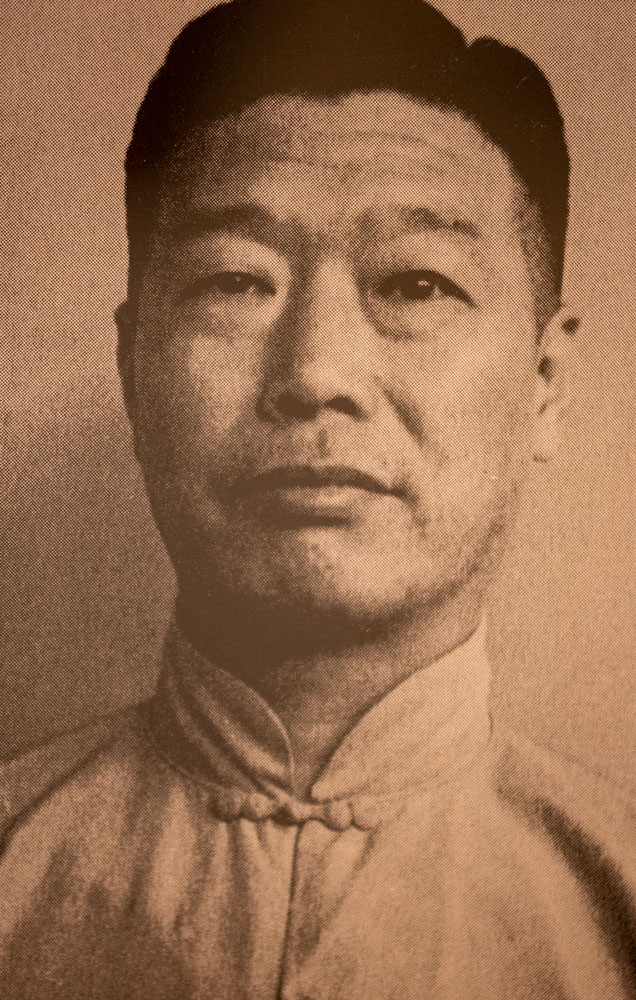
Yeung Sau Chung: 4th Generation Grandmaster (1910-1985)
Yang Shou Chung began training in his family's style of t'ai chi ch'uan (taijiquan) at age 8. By age 14 he had begun to work with his father as a teaching assistant and at age 19 he was already teaching government officials around China. In 1949, he fled to Hong Kong, where he stayed for the remainder of his life teaching privately mostly out of his home on Lockhart Road on Hong Kong Island. He appointed three disciples: Ip Tai Tak (1st and Chief Disciple (Hong Kong), Gin Soon Chu (2nd Disciple, U.S.), and Chu King Hung (3rd Disciple, Europe).
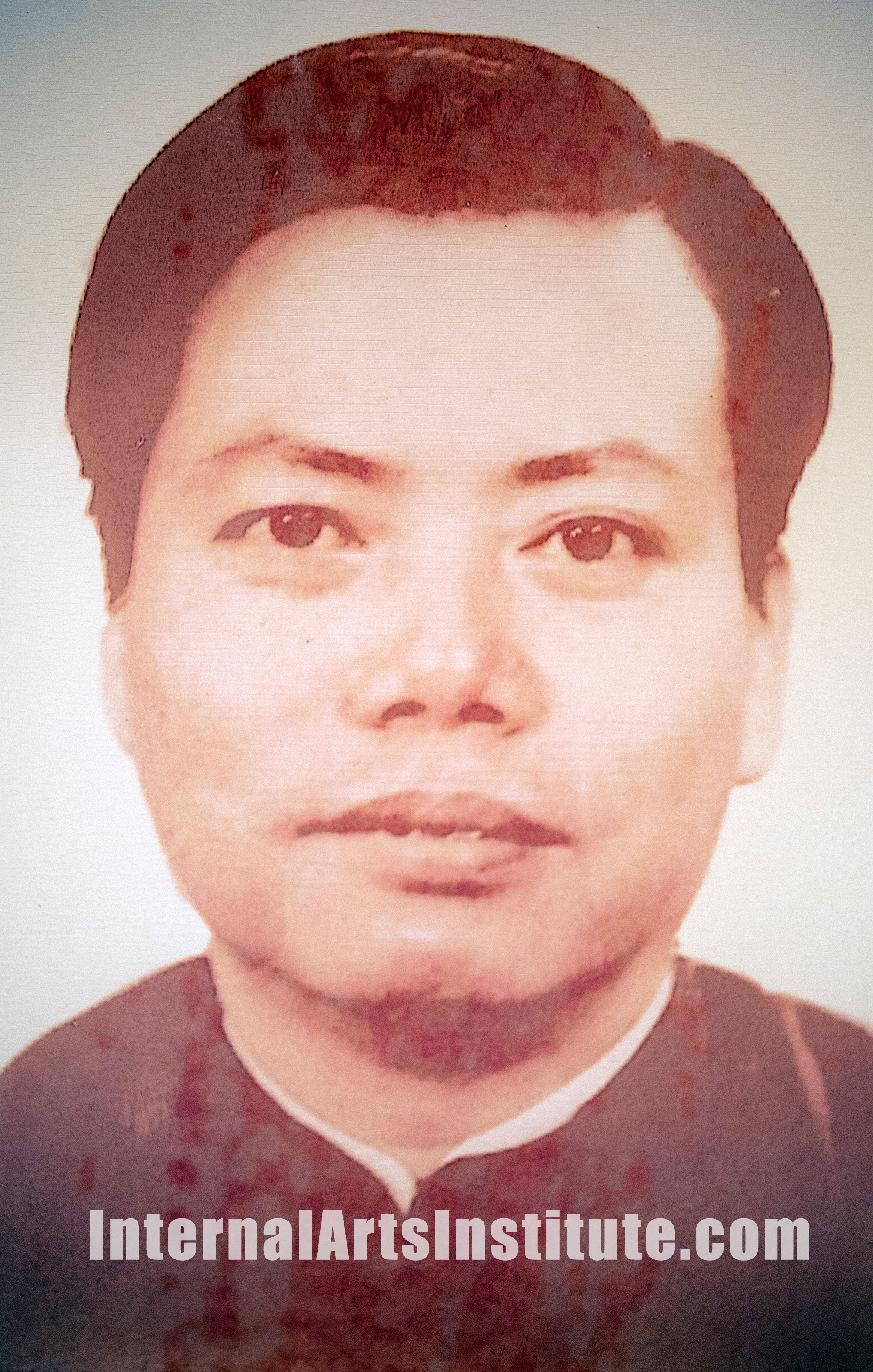
Gin Soon Chu: 5th Generation Grandmaster (1932-2019)
Master Gin Soon Chu began his study of Tai Chi Chuan Under Master Lai Hok Soon in Hong Kong in 1956. Upon the passing of Master Lai in 1964, he inherited the school. However, in his desire for more advanced training, Master Chu turned the school over to his classmates and became a student of the famous Grand Master Yeung Sau Chung, the world leader of the Yang school. Grand Master Yeung taught thousands, who have in turn promulgated the art throughout the world.
Master Chu was accepted as a disciple in 1977 and made responsible by Grand Master Yeung for the sustenance and propagation of the Yang family tradition throughout North America.
Master Chu, who has vast teaching experience in Tai Chi Chuan, supervises his classes personally with the assistance of his senior students.
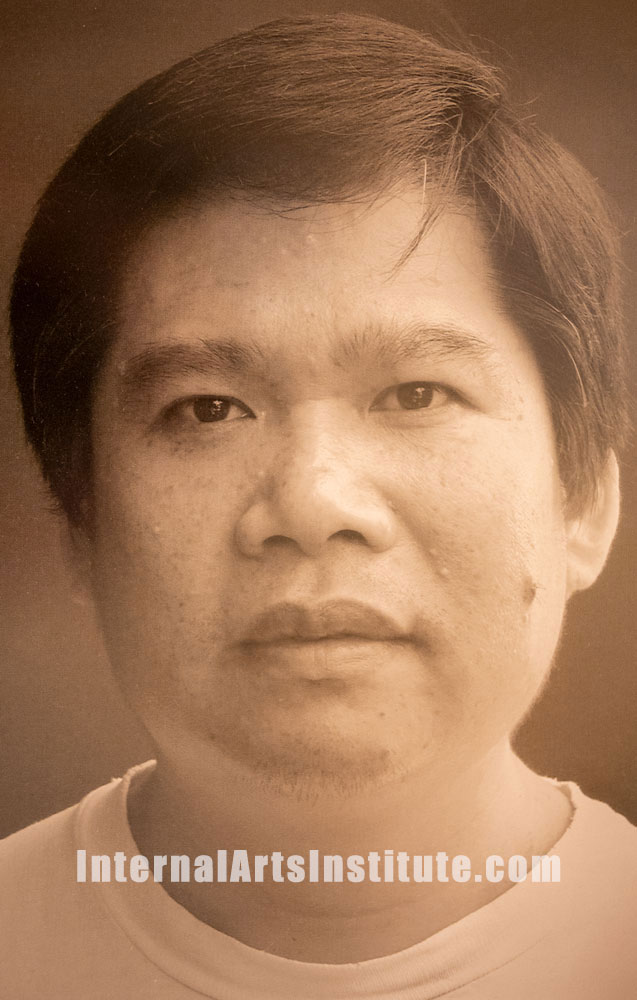
Vincent Chu: 6th Generation Master
Vincent Chu, M.Ed., born in 1960, is a sixth-generation lineage practitioner of the Yang Family Tai Chi Chuan. He is the second of three sons of Gin Soon Chu. He studied Tai Chi Chuan from his father when he was very young. At age 16, he began to assist his father at the Gin Soon Tai Chi Chuan Club in Boston and he has been teaching at the Brookline Adult and Community Education Program since 1984. To further his understanding and knowledge in the Yang Family Tai Chi Chuan System, he obtained instructions from Master Ip Tai Tak and Professor Fang Ning. He has conducted many workshops and seminars in Canada and Europe and is a frequent contributor to martial arts publications to share his knowledge.

Sifu Dimitri Mougdis - Internal Arts Institute
Sifu Dimitri K. Mougdis is a world expert in Classical Yang Family Tai Chi Chuan and Qi Gong. His lineage is Grand Master Gin Soon Chu and Master Vincent Chu from Boston, and Professor Fang Ning from China. He also studied and teaches Pan Gu Shen Gong "PGSG" from Professor Fang Ning and the founder Mr. Ou Wen Wei, both from China.
He began his study of Tai Chi Chuan under Grand Master Gin Soon Chu on February 1, 1983, in Boston, Massachusetts. Sifu Dimitri has been teaching at the Internal Arts Institute since its establishment in 2000 and is one of the last-remaining instructors of the Classical Yang Family Tai Chi Chuan.
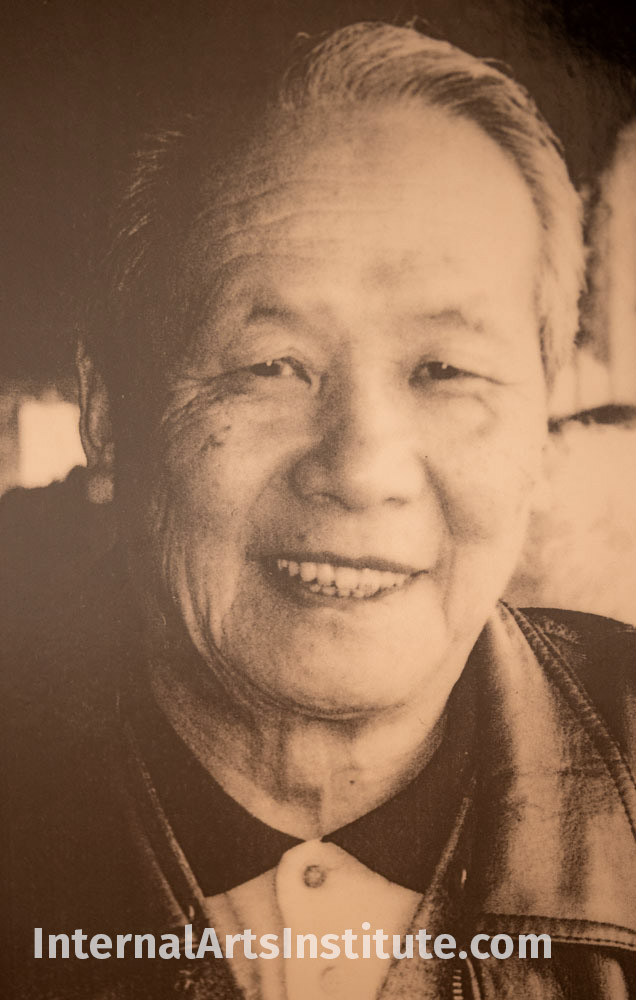
Professor Fang Ning (1924-2021)
Professor Fang Ning spoke fluent English and Japanese, graduated from American Mission School St. John University in Shanghai, China, in 1947 with degrees in Political Science and Economics. He practiced and researched qigong for more than 50 years. He is the 5th-generation successor to Wudan Yang-style Tai-Chi Chuen. Professor Fang's name carved on the tombstone of Wuden Yang-Style Tai-Chi Chuan, 4th-generation successor, Grand Master Cui Yishi's Grave. Prof. Fang is also the direct disciple of Grand Master Chen Yen Ning, a famous orthodox Taoist and the first president of the Taoist Society of China in 1958. Since then, Professor Fang Ning studied, researched and collected information on various qigong techniques available.

